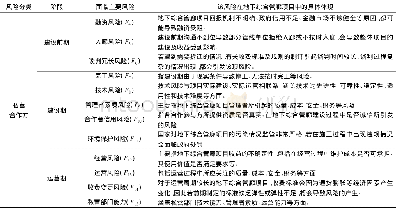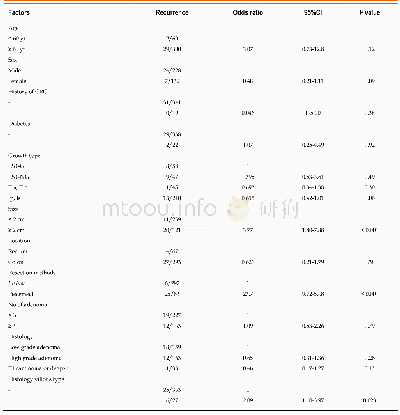《Table 1 Summary of the risk factors for brain tumors》
In addition,many previous studies have investigated the role of chemical exposures(e.g.,pesticides,heavy metals,and nitroso compounds),alcohol and/or tobacco,dietar y,medications(e.g.,v itamins C and E,nonsteroidal anti-inflammatory drugs,and antihistamines),female hormone-related/reproductive factors(e.g.,use of hormone replacement therapy and oral contraceptives),physical factors(e.g.,electromagnetic fields,including those produced by cell phones,head trauma,and seizures),infectious agents(e.g.,herpesv ir uses,retrov ir uses,polyomaviruses,and adenoviruses),and energy balancerelated factors(e.g.,body mass index,higher bir th weight,and taller height),but none of these factors has been definitively established to be involved in risk of brain tumors(Table 1).One of the challenges faced by analytic epidemiology studies on brain tumors is related to identifying a homogenous set of tumors,which is an important aspect of study design given that different tumor subtypes could have divergent etiologies.Additional challenges are use of appropriate control groups in casecontrol studies,consistencies in histological classifications,accurate exposure assessment in retrospective studies,and defining the latency periods between exposure and outcome.
| 图表编号 | XD0026936100 严禁用于非法目的 |
|---|---|
| 绘制时间 | 2018.04.01 |
| 作者 | 李学军、曹航、LIU Yanhong |
| 绘制单位 | 中南大学湘雅医院神经外科、中南大学湘雅医院颅底外科与神经肿瘤研究中心、中南大学湘雅医院神经外科、中南大学湘雅医院颅底外科与神经肿瘤研究中心、贝勒医学院丹L.邓肯综合癌症研究中心医学系 |
| 更多格式 | 高清、无水印(增值服务) |
查看“Table 1 Summary of the risk factors for brain tumors”的人还看了
-

- 表3 地下综合管廊PPP模式伙伴关系风险因素清单Table 3 List of partnership risk factors for the PPP model of underground utility tunnel
-

- 表2 地下综合管廊PPP模式私营合作方风险因素清单Table 2 List of risk factors for private partners in the PPP model of underground comprehensive
 提示:宽带有限、当前游客访问压缩模式
提示:宽带有限、当前游客访问压缩模式





